2015.11.20
Tsuboya pottery artisans fete their art at four-day Pottery Fair

‘Kami Subu’ event on Sunday pits pottery artisans against each other in a contest to see who makes the best looking item the fastest.
Tsuboya pottery is known as one of the unique pottery styles, and it’s the focus of a four-day fair that is held at Tsuboya Elementary School in Naha.
The fair runs from Friday through Monday that is a Japanese national holiday known as the Japanese Labor Day (Kinroukansha-no Hi). The Tsuboya Pottery Project Cooperative Union is the organizer of the fair.
More than 20 of Okinawa’s top pottery craftsmen come together each year to the fair that this year is organized for the 36th time. Admission to the fair is free, but some hands-on events that allow the public a chance to try the intricacies of pottery making have a fee.
More than 10,000 pieces of ceramics are offered for sale during the fair at discounts of 20% or more. The Tsuboya Pottery Fair runs 10 a.m. ~ 6 p.m. on all four days.
The hands-on experience is offered at Toma-gama Studio in Tsuboya on Friday and Saturday between 11:00 and 15:00. The cost is ¥2,000. Ikutoen Studio has cup and china bowl making experience available from Saturday through Monday for ¥1,500. The studio is open for experience from 10:00 to 12:30 and 14:00 to 17:00 on each day.
In addition to pottery, there will be an auction on Friday and Saturday at 15:00. And a Hatagashira (flag pole) performance at 14:00 on Sunday, A lottery is conducted among visitors who purchase goods worth ¥3,000 or more at the fair.
The highlight of the fair is an event called ‘Kami Subu’, which is the competition for pottery artisans to make a piece of pottery as fast and pretty as they can in a relay style. The contest starts at 15:00 on Sunday.
For those interested in learning more about the Tsuboya area, members of NPO Naha Street Guide conduct a walking tour in the area.
Tsuboya pottery is ranked among Asia’s finest. Two forms of pottery are produced in the Tsuboya area; Arayachi, which is unglazed pottery, and Joyachi, which is glazed pottery. Arayachi was typically used for large storage vessels for awamori, water, or bean paste. Some smaller items were created for measuring devices. Joyachi is more colorful, and usually made into vases, teapots, bowls, plates, and flasks for carrying awamori.


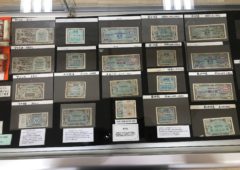 2024.04.22
2024.04.22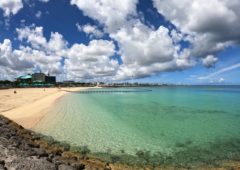 2024.04.10
2024.04.10 2024.01.31
2024.01.31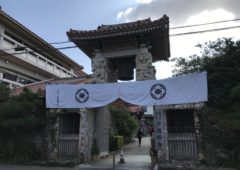 2024.01.02
2024.01.02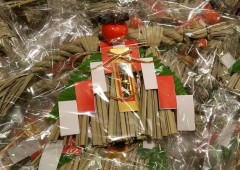 2023.12.27
2023.12.27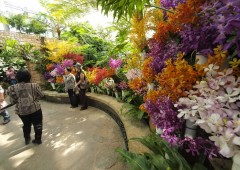 2023.11.16
2023.11.16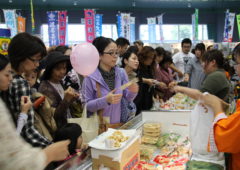 2023.11.14
2023.11.14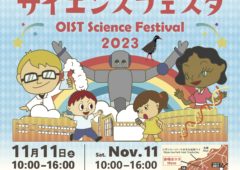 2023.11.10
2023.11.10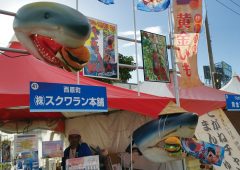 2023.10.26
2023.10.26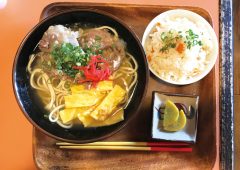 2023.10.16
2023.10.16






